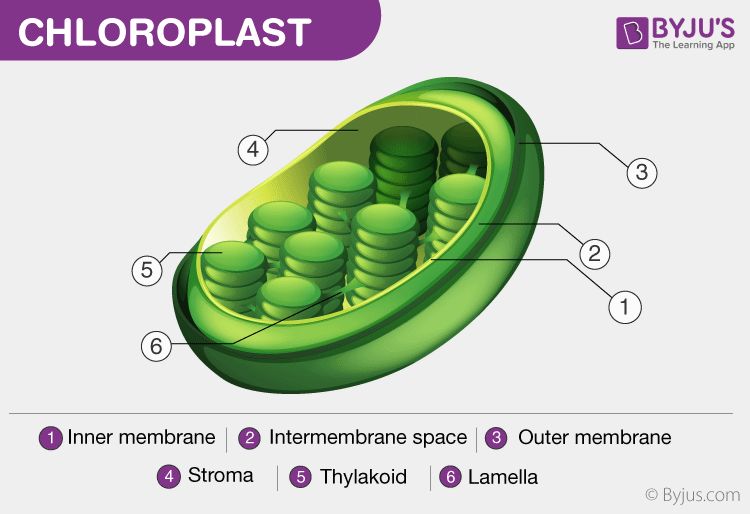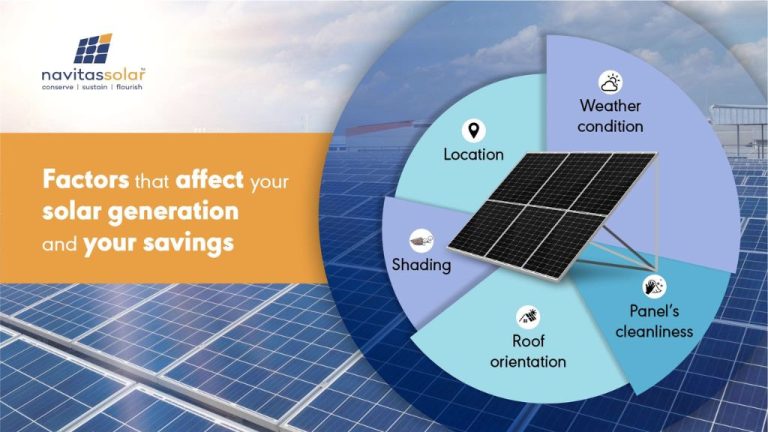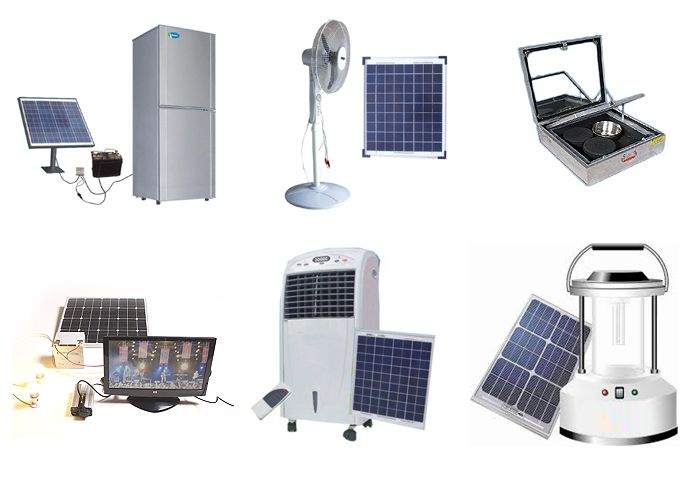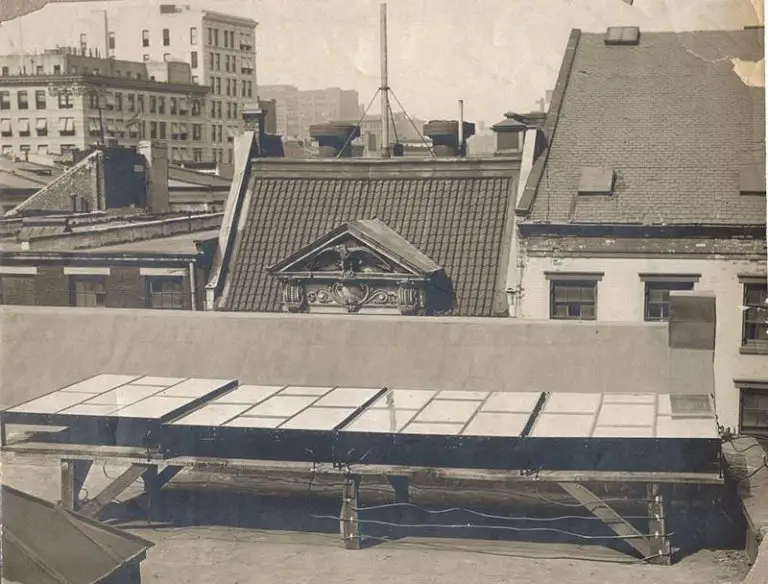What Turns Sun Into Energy?
Photosynthesis is the process by which plants and some bacteria convert sunlight into chemical energy. During photosynthesis, plants take in carbon dioxide (CO2) and water (H2O) from the environment. Using the energy from sunlight, the plants convert these into carbohydrates like sugars and oxygen (O2). The carbohydrates are stored as energy for the plants to use, while the oxygen is released back into the atmosphere as a waste product.
Photosynthesis is vital for nearly all life on Earth. It provides the food and oxygen that most organisms need to survive. By converting sunlight into usable energy, photosynthesis allows plants to grow and reproduce. It also maintains atmospheric oxygen levels and supplies organisms higher up the food chain with fuel in the form of plant matter.
How Photosynthesis Works
Photosynthesis is the process that allows plants to convert sunlight into chemical energy that can be used as food. The basic formula for photosynthesis is:
6CO2 + 6H2O + Sunlight –> C6H12O6 + 6O2
This chemical formula summarizes the process of photosynthesis. CO2 refers to carbon dioxide, H2O is water, C6H12O6 is glucose (sugar), and O2 is oxygen.
In words, this equation shows that plants use carbon dioxide from the air, water, and energy from sunlight to produce glucose and oxygen. The glucose provides food for the plant, while the oxygen is released into the air as a waste product.
Photosynthesis takes place in two stages: the light reactions and the Calvin cycle. In the light reactions, sunlight is absorbed by chlorophyll and that energy is converted into chemical energy stored in ATP and NADPH. In the Calvin cycle, the energy from those molecules is used to fix carbon from CO2 into glucose.
So in summary, photosynthesis converts light energy from the sun into chemical energy that plants can use as fuel to grow and function. This process is vital not just for plants but for nearly all life on Earth.
The Light Reactions
The light-dependent reactions are the first stage of photosynthesis, where sunlight is captured and converted into chemical energy in the form of ATP and NADPH. This takes place in the thylakoid membranes within the chloroplasts.
When a photon of sunlight hits the chlorophyll pigments, it excites an electron from the chlorophyll molecule. The excited electron is captured by a primary electron acceptor, creating an electron hole in the chlorophyll molecule. This initiates an electron transport chain along the thylakoid membrane.
As the excited electron passes along the electron transport chain, it provides energy to pump hydrogen ions from the stroma into the lumen of the thylakoids, creating a proton gradient. The protons then flow back down this gradient via ATP synthase, which provides energy to make ATP.
The electron transport chain also reduces NADP+ to NADPH by adding energized electrons. The ATP and NADPH generated by the light reactions provides chemical energy that is later used in the Calvin cycle to fix carbon into sugar.
In summary, the light-dependent reactions harness the energy from sunlight to produce ATP and NADPH, which drive the production of glucose in the next stage of photosynthesis.
The Calvin Cycle
The Calvin cycle, also known as the light-independent reactions, is the second stage of photosynthesis. It occurs in the stroma of the chloroplast and utilizes the energy carriers produced during the light reactions, ATP and NADPH, to fix CO2 from the atmosphere into glucose. There are three main phases of the Calvin cycle: carbon fixation, reduction, and regeneration of the CO2 acceptor.
In the carbon fixation phase, CO2 from the atmosphere reacts with ribulose-1,5-bisphosphate (RuBP), a 5-carbon sugar, catalyzed by the enzyme RuBisCO. This forms an unstable 6-carbon intermediate that quickly splits into two 3-carbon molecules called 3-phosphoglycerate (3-PGA).
In the reduction phase, the ATP and NADPH produced in the light reactions provide the energy and electrons to reduce 3-PGA into glyceraldehyde-3-phosphate (G3P), which can continue on to become glucose and other carbohydrates.
Finally, in the regeneration phase, most of the G3P is recycled to regenerate RuBP so that the cycle can continue. For every 3 CO2 molecules that enter the cycle, 1 G3P exits the cycle to be used for glucose synthesis.
In this way, the Calvin cycle is able to harness the ATP and NADPH from the light reactions to reduce CO2 into organic compounds like glucose. This end product of photosynthesis provides energy for plants and sustains nearly all life on Earth.
Chloroplasts
Chloroplasts are organelles found in plant and algae cells that conduct photosynthesis. They absorb sunlight and use it to synthesize foods from carbon dioxide and water. Chloroplasts contain the green pigment chlorophyll, which captures light energy.
Chloroplasts have a double membrane envelope composed of an inner and outer membrane. Inside are stacked, disc-shaped structures called thylakoids. The thylakoid membranes contain chlorophyll and other photosynthetic pigments that absorb light energy. The inner fluid of the chloroplast is called the stroma, which contains enzymes needed for carbon fixation reactions.
When light strikes the chloroplast, the thylakoid membranes harness the energy and convert it into chemical energy in the form of ATP and NADPH. This provides the energy that powers the Calvin cycle to fix carbon from carbon dioxide into sugar molecules. In this way, chloroplasts use the sun’s energy to turn carbon dioxide into the sugars that plants need for food and growth.
Chlorophyll
Chlorophyll is a green pigment found in the chloroplasts of plants and algae that allows photosynthesis to take place. It absorbs sunlight and uses that energy to convert carbon dioxide and water into glucose and oxygen. There are several types of chlorophyll, but chlorophyll a and chlorophyll b are the most common in land plants.
The structure of chlorophyll contains a network of alternating single and double bonds which forms a long chain hydrocarbon tail. This hydrocarbon tail anchors the molecule into the thylakoid membrane inside the chloroplast. At the head of the tail is a porphyrin ring which binds a central magnesium atom and has extensions that resemble antennae.

These antennae-like parts of the chlorophyll molecule are key to photosynthesis. When a photon of light hits the molecule, the energy is transferred to the porphyrin ring, exciting an electron. The excited electron is then shuttled through an electron transport chain, which creates the energy-carrier molecules ATP and NADPH. These energy carriers fuel the Calvin cycle reactions that make sugar.
The specific absorption spectrum of chlorophyll allows it to harness mostly blue and red light. Chlorophyll reflects green light, giving leaves and plants their characteristic green color. Different types of chlorophyll absorb light at slightly different wavelengths, allowing a wider range of the visible spectrum to be utilized.
Overall, chlorophyll’s unique photochemical properties enable it to convert sunlight energy into a form that plants can use for nourishment. Its role is essential in allowing photosynthesis to take place.
C4 and CAM Plants
While most plants use the C3 pathway for carbon fixation, some plants have adaptations that allow them to optimize photosynthesis in certain environments. These are known as C4 and CAM plants.
C4 plants, like corn and sugarcane, have adapted to harsh conditions with high light intensity, heat and water shortage. They use an alternate carbon fixation pathway that concentrates CO2 around the enzyme RuBisCO, allowing photosynthesis to occur more efficiently in hot, dry environments.
CAM plants, like pineapples and cacti, have adapted to extremely arid environments. They open their stomata at night to collect CO2 and store it as malic acid. During the day the stomata are closed to prevent water loss, and the stored acid is broken down to release CO2 for the Calvin cycle.
These alternate pathways allow C4 and CAM plants to photosynthesize more efficiently in conditions that would cause photorespiration in C3 plants. They demonstrate the remarkable adaptability of the photosynthetic process in plants.
Photorespiration
Plants evolved to optimize photosynthesis, but photorespiration reduces its efficiency. Photorespiration happens when oxygen competes with carbon dioxide to bind with rubisco, the main enzyme that fixes carbon in the Calvin cycle. When oxygen binds instead of carbon dioxide, it creates toxic compounds that the plant must expend energy to convert back into usable products. This process doesn’t produce sugars or capture energy, wasting up to 50% of the energy in bright sunlight.
Some plants like corn, sugarcane, and crabgrass have adapted to minimize photorespiration. They concentrate carbon dioxide in bundle sheath cells, exposing rubisco to higher CO2 and lower O2 levels. This C4 carbon fixation pumps carbon into the Calvin cycle and reduces photorespiration rates to near zero. CAM plants like cacti and pineapple have adapted in a different way to only open stomata at night, reducing photorespiration from O2 in the daytime.
Applications
Understanding the process of photosynthesis has many practical applications, particularly in agriculture and food production. Scientists aim to harness knowledge of photosynthesis to increase crop yields and address global food security issues.
One application is to engineer crops that can fix carbon more efficiently. Identifying genes and proteins involved in carbon fixation and modifying them could potentially improve photosynthetic capacity. Another approach is introducing alternative carbon fixation pathways like C4 photosynthesis into major crops like rice and wheat. Since C4 plants partially suppress photorespiration, they are more efficient at converting sunlight into biomass.
Breeding crops to have increased leaf area index (leaf area per unit ground area) is another strategy for boosting agricultural productivity. The more leaves, the more photosynthesis can occur. However, too many leaves can also cause self-shading. Therefore, optimizing leaf area index for a given environment and crop is an active area of research.
Stomatal regulation also presents opportunities to reduce crop water usage while maintaining photosynthesis rates. Scientists are studying how to modify stomatal response to reduce water loss, while ensuring sufficient CO2 uptake for the Calvin cycle. Such drought-resistant varieties could expand agriculture into drier areas.
Overall, a nuanced understanding of the biochemical and physiological constraints around photosynthesis allows for targeted improvements. With the world population estimated to reach 9.7 billion by 2050, applying photosynthesis research to increase food production will only grow in importance.
Conclusion
Photosynthesis is the process that allows plants to convert sunlight into usable chemical energy. During the light reactions, light energy from the sun is absorbed by chlorophyll and converted into chemical energy in the form of ATP and NADPH. This chemical energy is then used in the Calvin cycle to fix carbon from carbon dioxide into carbohydrates like glucose. The entire process takes place in organelles called chloroplasts, which contain the green pigment chlorophyll that captures light energy. Through the elegant mechanism of photosynthesis, plants are able to harness the sun’s energy and convert it into a form they can use for growth and nourishment. This not only sustains the plant, but also provides energy for the entire ecosystem, since animals depend on plants for food. In summary, photosynthesis allows light energy from the sun to be converted into chemical energy that powers life on Earth.






